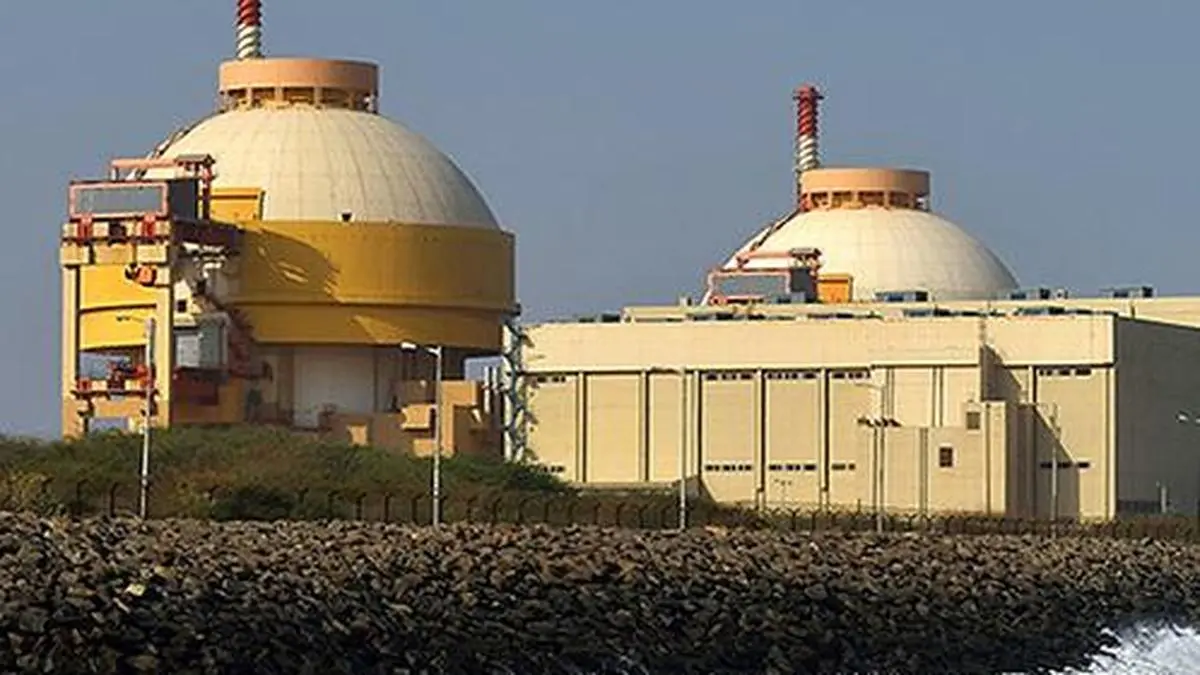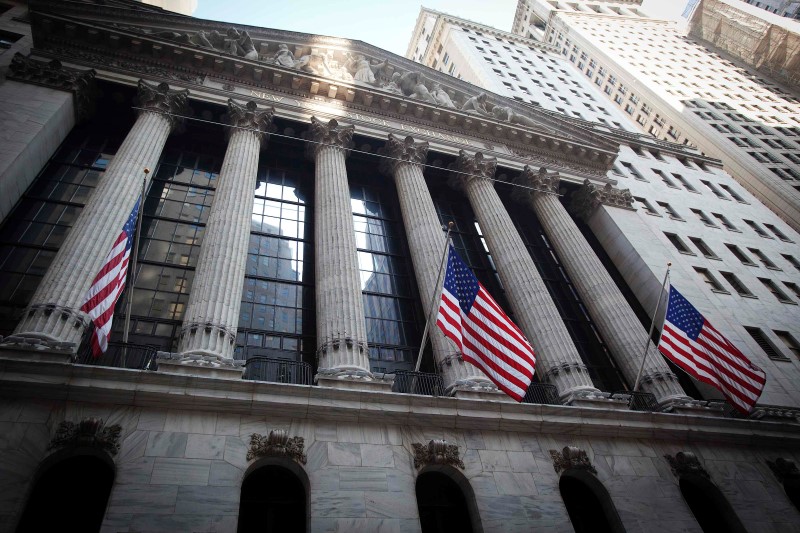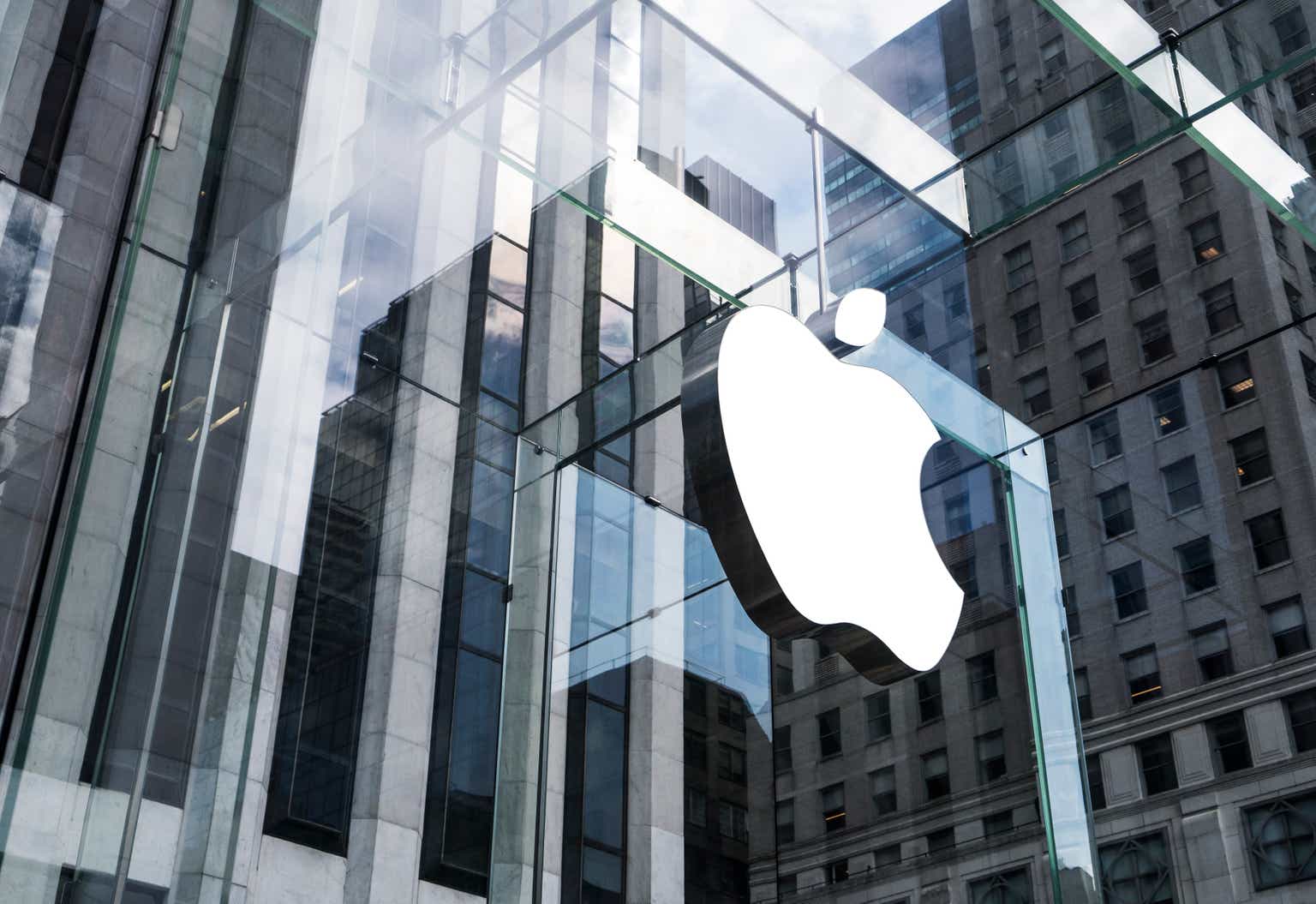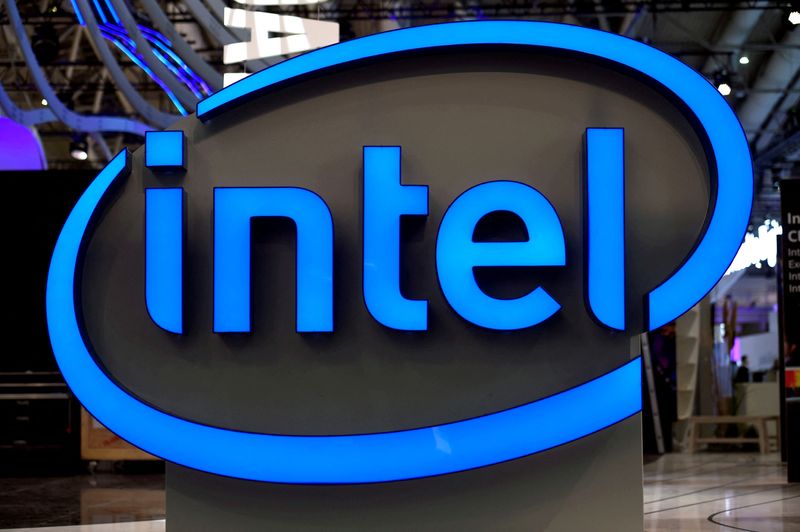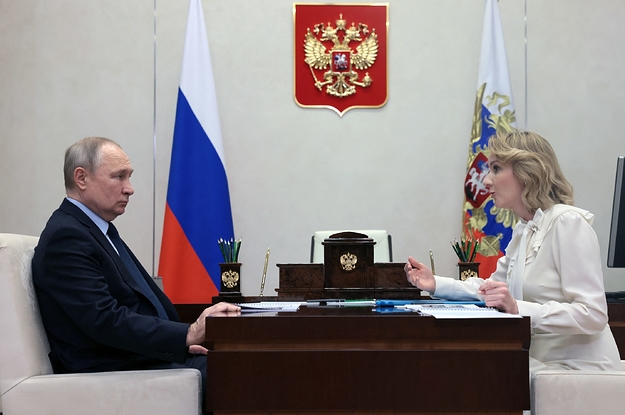© Reuters. FILE PHOTO: A photo of Boeing 737 MAX airplanes parked on the tarmac at the Boeing Factory in Renton, Washington, U.S. March 21, 2019. REUTERS/Lindsey Wasson/File Photo
By Valerie Insinna and Abhijith Ganapavaram
(Reuters) -Boeing said on Wednesday it was lifting production of its bestselling 737 narrow-body jet, a sign the planemaker was recovering from a supplier error that had scuttled its plans for an early ramp-up.
Shares of the company rose as much as 5% in early trade to hit their 1-1/2 year high after Boeing (NYSE:) also posted second-quarter results above Wall Street expectations.
The planemaker is now transitioning its 737 production line – including the MAX models that make up the vast majority of 737 production – to building 38 jets per month, up from 31, the company said. Meanwhile, higher deliveries of the 787 Dreamliner helped spur a rise in revenue in its commercial planes division.
“The overall outlook is unchanged, but the results from the Commercial Aerospace division is encouraging, particularly in light of the ongoing supply chain challenges,” Third Bridge analyst Peter McNally said.
“Boeing’s execution has improved, and it will need to continue on this path to turn the corner on sustained profitability.”
For the second quarter, Boeing reported a free cash flow of $2.58 billion, compared with a cash burn of $182 million a year ago.
The adjusted loss was 82 cents per share. Analysts polled by Refinitiv were expecting a loss of 88 cents per share. Boeing’s revenue rose 18% to $19.75 billion, beating expectations of $18.45 billion.
Margins at its defense business, however, were negative amid cost overruns. The company took a total of $514 million in charges related to the space capsule Starliner after its launch was indefinitely delayed in June, as well as for supply chain costs on the T-7 training jet and a schedule delay for the MQ-25 tanker drone.
The company still faces challenges, “whether they be issues to address within our own factories or outside our walls within the supply chain and logistics routes,” CEO Dave Calhoun said, referring to the recent collapse of a railway bridge used to transport 737 fuselages.
Boeing reiterated its plan to generate $3 billion to $5 billion in free cash flow this year, as well as to deliver at least 400 single-aisle 737s and 70 787 Dreamliners in 2023.
The push to build 38 737s a month comes amid heightened travel demand as airlines seek to grow their fleets post-pandemic.




